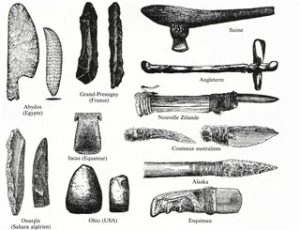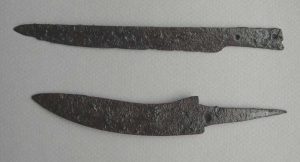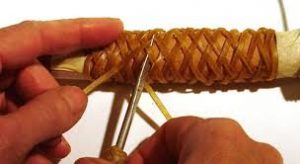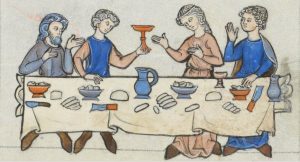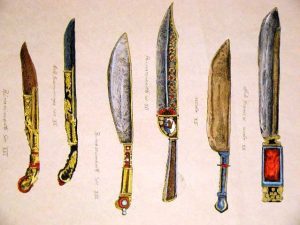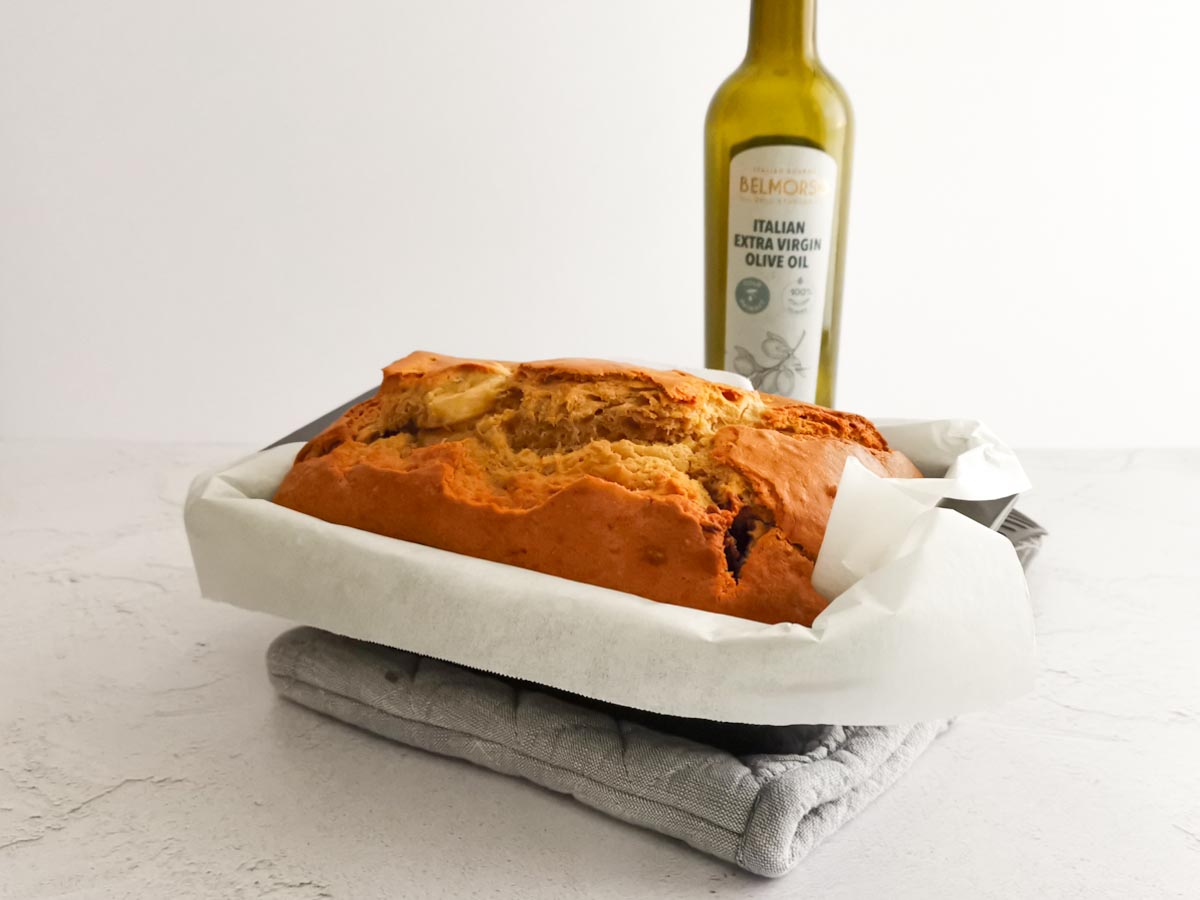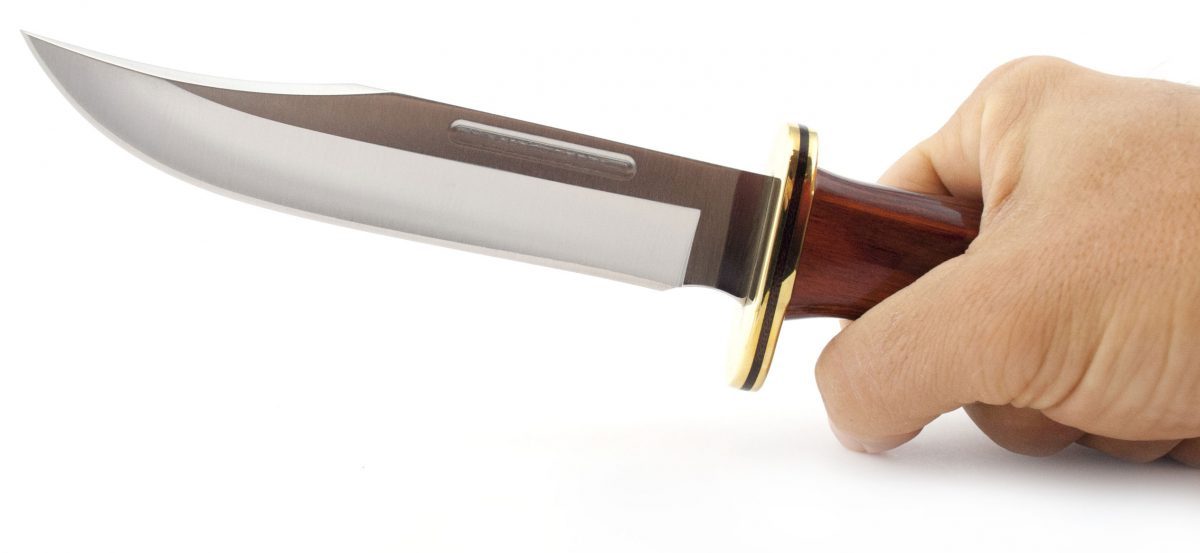
The Dinette Teller – 06. The Knife
The knife dramatically improved the human life and for this reason a lot of writers of the past scribbled down a few lines to it. For instance, in the 1st Century, the latin poet Lucrezio wrote: “In the past we used hands, nails and teeth as weapons, then stones and broken branches. Finally, bronze and iron were invented.”
The origin of cutting utensils manufactures began around the 1000 A.C., when the steel had the highest development. Steel is a mixture of ferrous mass, carbon and air.
In that epoch the steel was still full of oxides and slags, and it was modelled with heat. For those reasons, the produced knives had several disadvantages, since they required to be cleaned and sharpened very frequently.
Anyway, at that time, a wide range of dimensions and shapes was already available, with an additional particular attention to the handles.
Until the XIII Century, the food was served already cut and sliced, because it was not usual to have a single knife for each table mat. People used their own hunting knives and blades, to skewer the meat and other solid foods.
One of the first knives’ manufacturing industry was born in Florence around the 1244, which also exported scissors to the Byzantine Empire and to the Papal State.
During the Renaissance, the steel manufacturing techniques gradually developed and got refined, and the italian cutlery tradition enjoyed a period of resplendence, thanks to the Milanese and Venetian studios.
Until the beginning of the 1600’s, tips of knives were pointed and sharpened, to enable the person to skewer the food, whereas the blades of today are usually round-edged.

